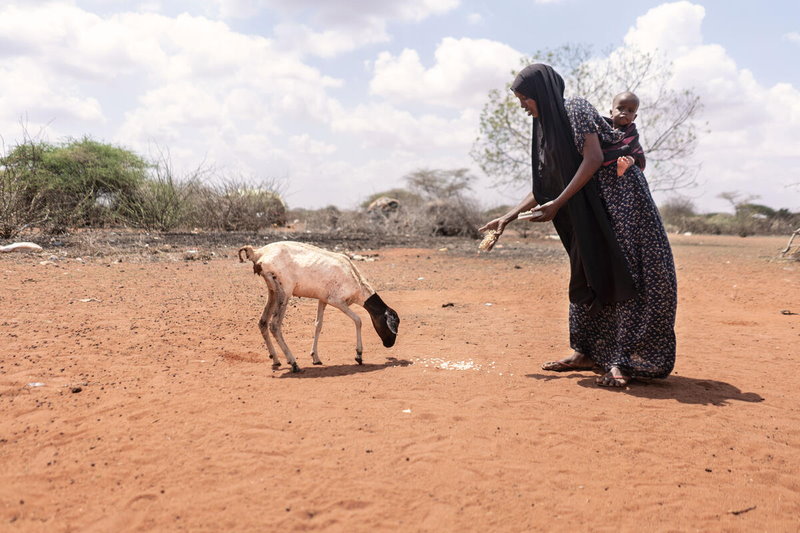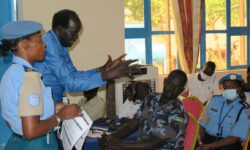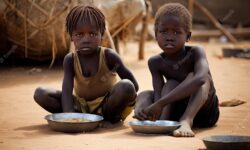
Main Highlights
• The significantly below-average March-May rainfall season marked the 4 th consecutive poor season since late 2020 and the most severe in 70 years in many areas of Ethiopia, Kenya, and Somalia.
• The exceptionally long drought, amplified by warmer-than-normal temperatures, has devastated livelihoods and debilitated livestock herds, crops and vegetation, water availability, household incomes, and increased displacement.
• At least 7 million livestock depended upon by households for sustenance and livelihoods have died in Kenya, Ethiopia and Somalia.
• The situation is likely to worsen over the June-September period given the inadequate grazing resources to support recovery and breeding.
• The combined effect of drought and other shocks have worsened the food security and malnutrition situation across the affected areas, with an estimated 18.4 to 19.3 million people facing severe food insecurity (IPC 3+) due to drought and with likely deterioration over the June-September season.
• 6.5 million children are projected to suffer from acute malnutrition, of which 1.8 million are children with severe wasting in Kenya, Somalia, and Ethiopia (FSNWG, July 2022).
• Areas of greatest concern are those at risk of famine in Somalia where the situation might quickly deteriorate if seasonal harvests fail, market prices continue rising, and humanitarian response is inadequate to cater for the rising needs; and in Mandera (Kenya) and Bay region (Somalia) where malnutrition levels have exceeded the critical levels (GAM >30%).
For more information DOWNLOAD HERE
Source: WFP









